Hydraulic systems are very practical and adapted to complete day-to-day tasks. The hydraulic system runs on two factors – flow and pressures.
If you want the system to run smoothly, then the flow and pressure has to work hand in hand and the ability to control either one of the elements, you will have to go ahead with either open center system or closed center system.
What is Open Center System?
Open center system is often called as open loop hydraulic system. Any system where the whole fluid starts and returns to reservoir is covered under this category.
Here’s how it works –
- The pimp pulls off the fluid from the reservoir
- The fluid is then pushed towards the valves and actuators
- And in the final step it is pushed back in reservoir with the help of the filter.
In simplified version, valve spools are controlled in either one of the directions which is stroked and then the flow is inclined towards load which eventually creates pressure. There comes a movement when the pressure exceeds the load and once the load is exceeded the hydraulic system starts to execute.
What is Closed Center System?
Closed center system is often called as closed loop hydraulic system. Unlike, open loop system, closed loop system doesn’t require instructions from humans.
Here’s how it works –
- Liquid is drawn from the reservoir using pump and forwarded to number of directional valves where the pump port is blocked.
- The pressure is then determined by the settings of relief valve until the directional valves are returned to the center.
- Once all the valves are positioned center, liquid from the pump is forced through a loaded relief valve.
In simplified version, once the fluid is transferred from reservoir to directional valves. The pressure is then determined by the settings of relief valve and once all valves are in a center position, the liquid is forced via loaded relief valve and that’s how the whole system works.
It’s Time to Compare
|
Open Center Systems |
Closed Center Systems |
|
1. In open center system, the flow of oil remains constant through directional control valve irrespective of whether the system is working or not. 2. Under this system, fixed displacement pumps are used due to which the cost gets effective. 3. Even though it might look like a cheaper option but it is not as a lot of energy and fuel is used during the time when oil flows even if the system is not working.
|
1. In closed center system, directional control valve is competent enough to communicate the pump so that the flow of oil stops when the system is not working.
2. Under this system, variable displacement pumps which makes a costlier option.
3. Even though it is a costlier option, it also happens to be the effective one as it doesn’t produce large displacement of oil. Which indirectly leads to saving as less amount of energy and fuel is being utilized.
|
|
|
|
What Size of Hydraulic Pump is Preferred for Log Splitter? It is one of the most frequently asked questions of all time and can also be confusing at times.
But if you are ready to commit to own a backyard log splitter then we are here with a solution. Log splitters are blessed with one of the simplest hydraulic systems.
The best size to invest in is two-staged hydraulic pump rated at a max of 3 gpm at 2500 psi. Here are following things that you need to consider along with size –
- It should have an engine with 5 horsepower.
- The hydraulic tank should measure up to 24-inch whereas the diameter can go around 4-inch.
- The minimum capacity of hydraulic tank must be 3.5 gallons.
Two-stage log splitter is the most recommended size because it comes with two sets of gears so that one can perform the act of pumping and other one provides the enough power you need to speed up the process.
Conclusion
As mentioned above, we would recommend you to go ahead with closed center systems as it not only saves the cost but also helps in reserving the resources.

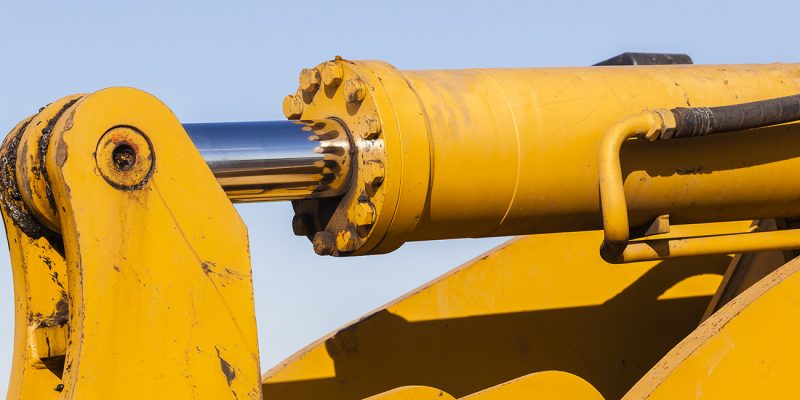
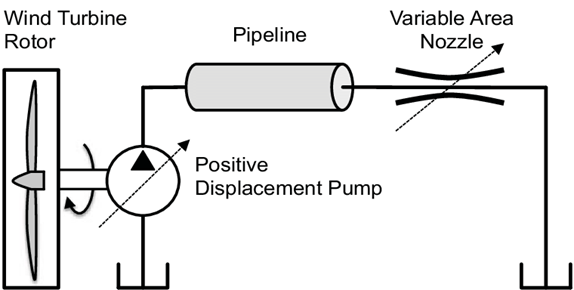
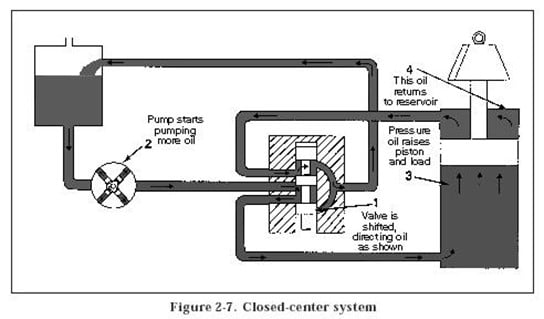
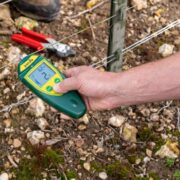
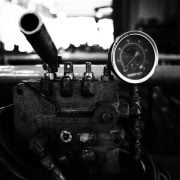
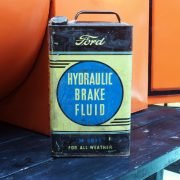


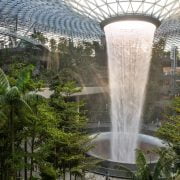

Comments